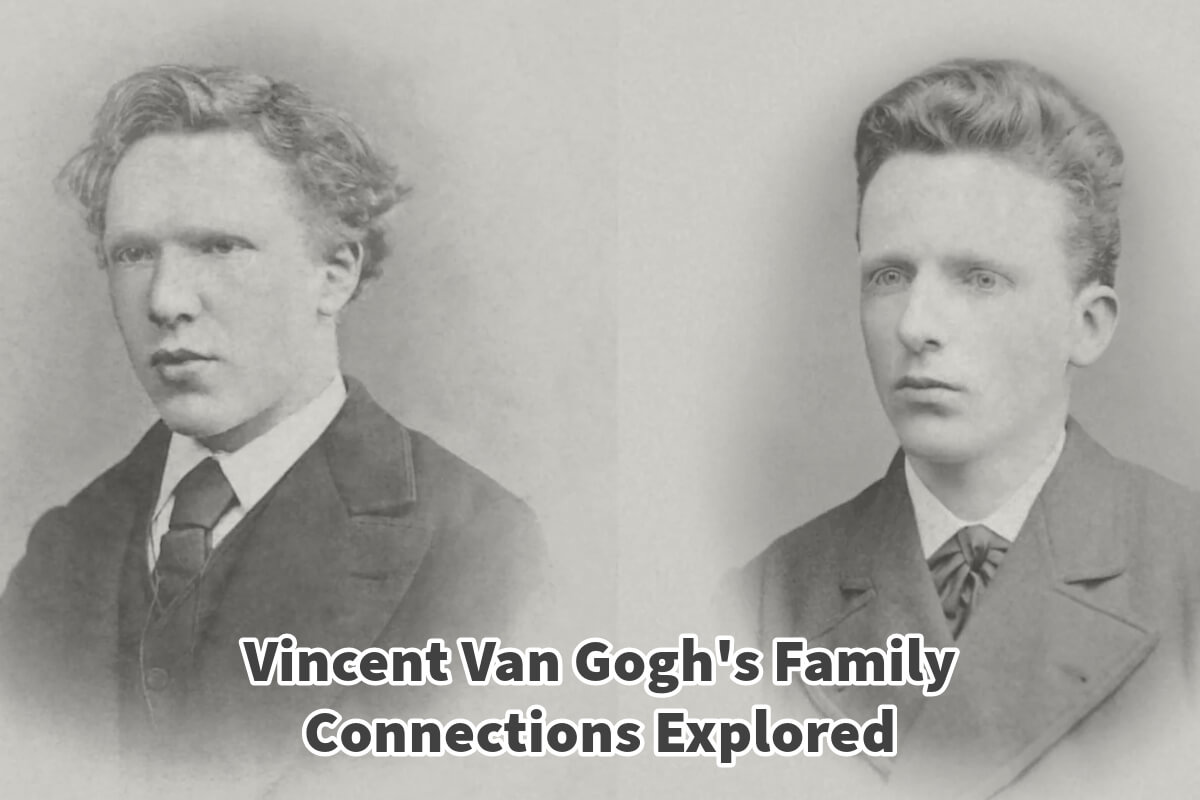Vincent van Gogh, an exceptional artist of his time, owed much of his greatness to the unwavering support of his family, most notably his younger brother, Theo. Without the continued support of Theo, there would not be any Vincent Van Gogh.
The support of family members like Theo Van Gogh enabled Vincent to concentrate on his painting and art; when we delve into the treasure trove of letters that Vincent exchanged with his brother, sister, and mother, one remarkable theme emerges—the profound closeness and deep love that bound this family together and the support he had from family members.
Table of Contents
- The Van Gogh Family Saga: Unveiling The Close-Knit Bonds Behind The Artistry
- The Parents Who Shaped Vincent’s World
- The Siblings: A Tapestry Of Unique Lives
- The Family Behind The Artistry
- Related Questions
The Van Gogh Family Saga: Unveiling The Close-Knit Bonds Behind The Artistry
When delving into the life and works of Vincent van Gogh, the focus often gravitates towards his extraordinary paintings, such as “Starry Night” and “Sunflowers.” Yet, amidst the strokes of his masterpieces, there lies a profound and often overlooked theme in his life – the importance of family.
Vincent’s familial relationships, particularly with his brother Theo, and the dynamics within the Van Gogh family are crucial facets of his life story. This extensive exploration unravels the intricate tapestry of the Van Gogh family, showcasing the deep-rooted connections and influences that played a significant role in shaping the artist we know today.
The Importance Of Family In Vincent’s Letters
Vincent van Gogh’s letters, meticulously preserved over time, offer a unique window into the artist’s inner world. One resounding theme that emerges from his correspondence is the profound significance he placed on family.
His letters are brimming with expressions of affection, concern, and a longing for familial bonds.
Vincent’s Closest Confidant: His Brother Theo
Vincent van Gogh’s relationship with his brother Theo was central to his life. Born in 1857, Theo was not just a sibling but a dear friend and confidant.

Their bond transcended the traditional sibling connection, evolving into a profound and unwavering support system for Vincent’s artistic pursuits. It was also Theo who was at Vincent’s bedside when he died. Today, they are buried side by side.
The Parents Who Shaped Vincent’s World
The Van Gogh family tree extends beyond Vincent and Theo. It finds its roots in the nurturing embrace of their parents, Anna Carbentus van Gogh and Theodorus van Gogh.
These individuals, who played pivotal roles in their children’s lives, each influenced the Van Gogh brothers uniquely.
Anna Carbentus van Gogh (1819-1907):
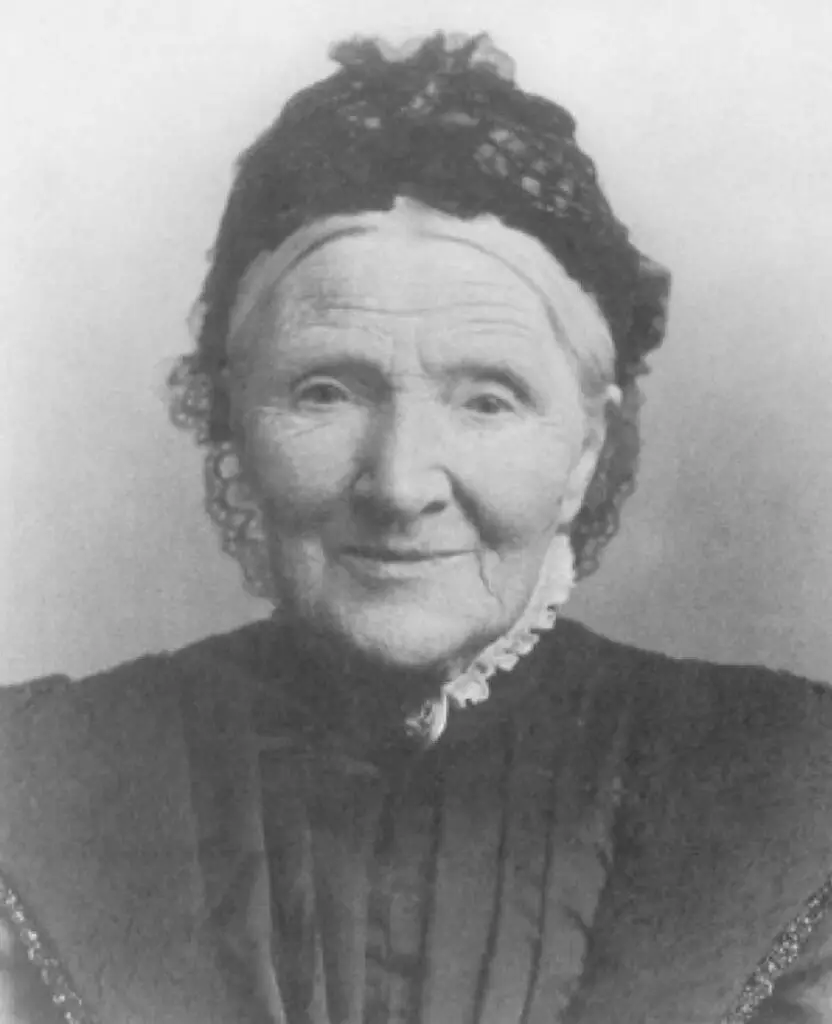
Born to Willem Carbentus, the book-binder to the King, Anna’s early life was marked by family ties. As one of eight children, she had two sisters, one of whom married an Amsterdam clergyman, Stricker, while the other, Cornelia, married an art dealer.
We know from the letters that Vincent was very close to his mother as he writes about her often.
Reverend Theodorus van Gogh (1822-1885):

Theodorus, born the seventh of eleven children, followed in his father’s footsteps, becoming a pastor of the Dutch Reformed Church in Holland. His life’s work as a clergyman profoundly influenced the values and beliefs that permeated the Van Gogh household.
The Siblings: A Tapestry Of Unique Lives
While Vincent and Theo’s bond stands out, the Van Gogh family was composed of more threads in this intricate tapestry. The siblings – Anna, Elisabeth, Willemina, and Cornelious – each pursued their unique paths in life, contributing their hues to the family’s collective portrait.
Anna Cornelia (1855-1930)
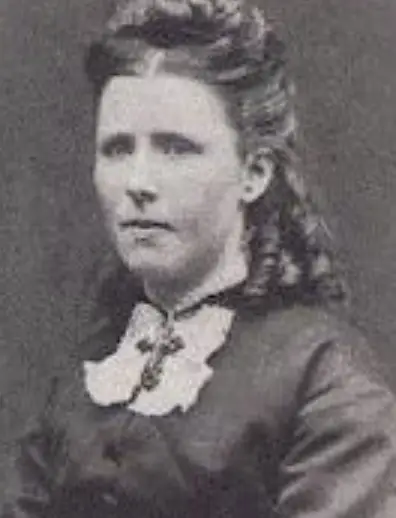
The second-born child after Vincent, Anna embarked on her journey. Her experiences ranged from attending boarding school in Leeuwarden to residing in England, teaching French, and eventually marrying Joan Marius van Houten.
Theodorus (Theo) (1857-1891)
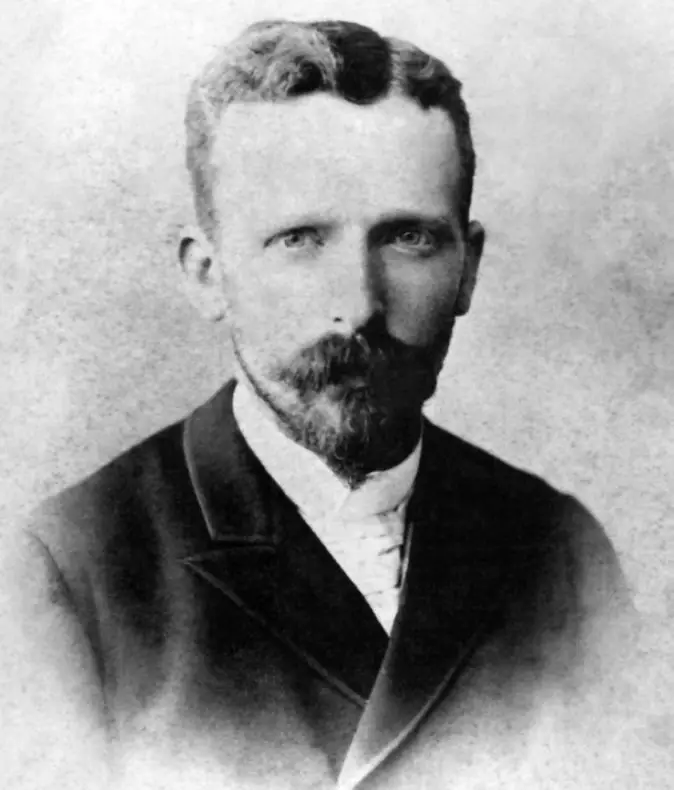
Theo’s story, closely intertwined with Vincent’s, led him to a successful career as an art dealer, financially and emotionally supporting his older brother. His marriage to Jo Bonger and the birth of Vincent Willem marked significant milestones.
It is because of Theo and his unwavering support for Vincent Van Gogh that he allowed Vincent Van Gogh to concentrate on his artwork.
Elisabeth (Lies) Huberta (1859-1936)
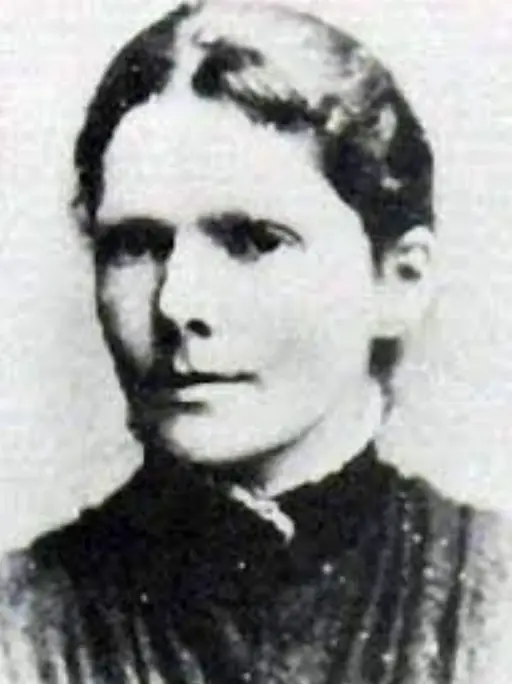
Lies followed her path, attending boarding schools and serving as a companion and caretaker. Her marriage to Jean Philippe Theodore de Quesne van Bruchem established her as a writer, with her book about her brother, Vincent van Gogh, garnering attention.
Willemina (Wil) Jacoba (1862-1941)
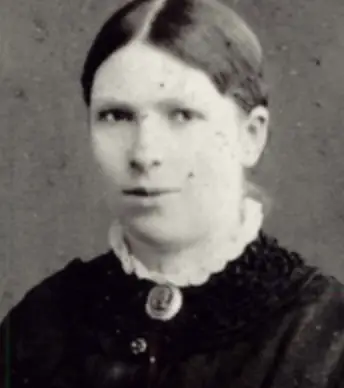
The youngest sister, Wil, embarked on independent pursuits, attending private school, working as a nanny, and embracing early feminism.
Cornelious (Cor) Vincent (1867-1900)
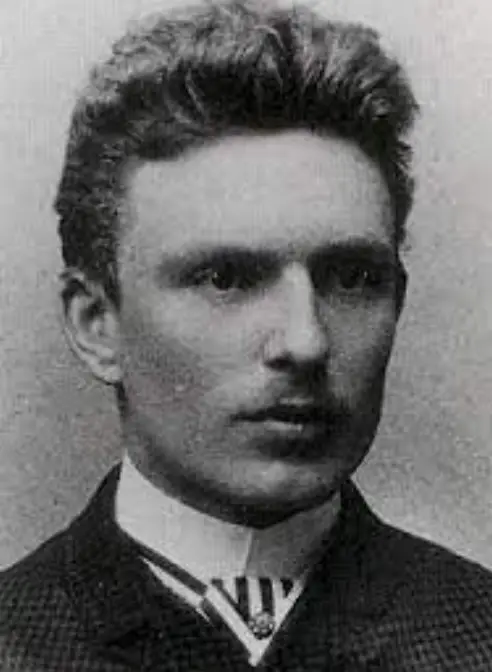
The youngest of the siblings, Cor, took a different route, working as an apprentice and eventually settling in South Africa, where he pursued various roles before his marriage to Anna Catherine Fuchs.
The Family Behind The Artistry
The Van Gogh family’s interconnected lives, stories, and bonds were integral to the fabric of Vincent van Gogh’s existence. While Vincent’s artistic genius shone brightly, it was nurtured and sustained by the threads of familial love, support, and understanding.
Their correspondence, documented in letters exchanged over the years, bears witness to the enduring ties that bound this remarkable family together.
In exploring the dynamics of the Van Gogh family, we gain a deeper appreciation of the artist’s journey, one that was not solitary but profoundly intertwined with the collective experiences of his loved ones. Vincent’s artistry was not just a solitary pursuit; it was a testament to the enduring power of family bonds and their role in shaping a legacy that continues to inspire and captivate the world.
Anita Louise Art is dedicated to art education, great artists, and inspiring others to find and create their art. We love art that uplifts and inspires. #ArtToMakeYouSmile! #ArtToMakeYouHappy!
If you want to see any of my art, you can find out more by clicking here. If you are interested in what inspires me and my paintings, you can discover more by clicking here.
We have a free newsletter and would love you to be part of our community; you can subscribe to the newsletter by clicking here. If you have any questions, I would be happy to talk to you anytime. You can reach me, Anita, by clicking here.
Subscribe to our Anita Louise Art YouTube Channel with great videos and information by clicking here.
Join us for our podcast “5 Minutes With Art.” Spend just 5 minutes a week with us to discover and learn about great art and artists. You can find out more about our podcast by clicking here.
Related Questions
How Much Is Van Gogh’s Starry Night Worth?, And Other Facts
Van Gogh used color, form, and emotions in his art. He had a bright palette that was individualized for his time. Even though he did not see a lot of success during his life after he died, the impact of his art can be seen in both the Expressionism and Fauvism movements that were taking place in Europe.
By clicking here, you can learn more by reading How Much Is Van Gogh’s Starry Night Worth?, And Other Facts.
Why Is Van Gogh Considered Such a Great Artist?
Vincent Van Gogh’s Starry Night painting is considered priceless; many have estimated that the price is worth well over 100 million US dollars. The Museum of Modern Art in New York City has had the painting in its collection since 1941.
By clicking here, you can discover more by reading Why Is Van Gogh Considered Such a Great Artist?
Vincent Van Gogh, The Sowers – 1888
Vincent Van Gogh’s “The Sower,” created during the autumn of 1888, stands as a captivating masterpiece that provides insight into the artist’s enduring fascination with the subject of sowers. This iconic artwork transcends the mere portrayal of a rural scene, profoundly exploring emotion, imagination, and the transformative potency of color.
By clicking here, you can learn more by reading Vincent Van Gogh, The Sowers – 1888.

